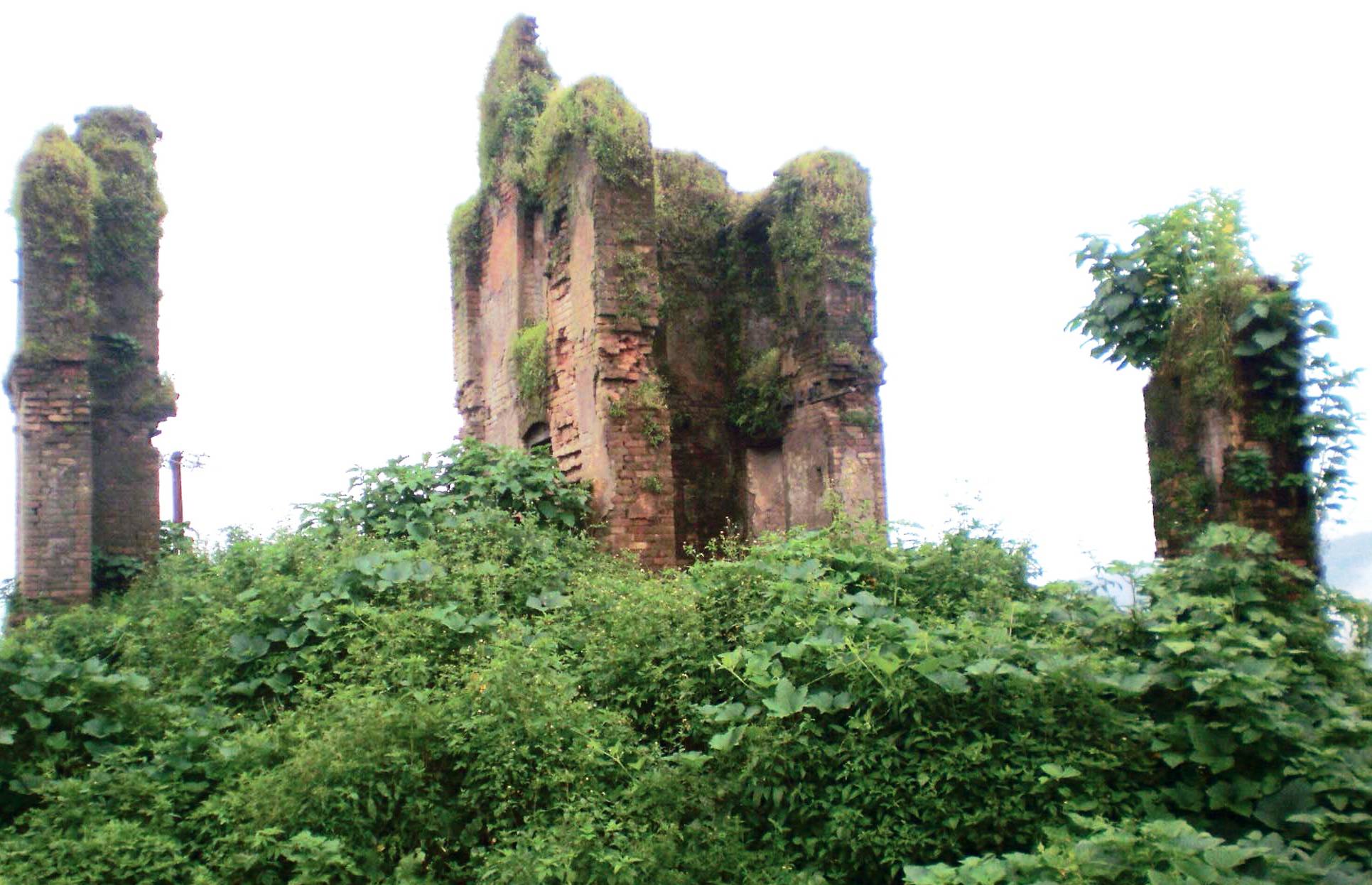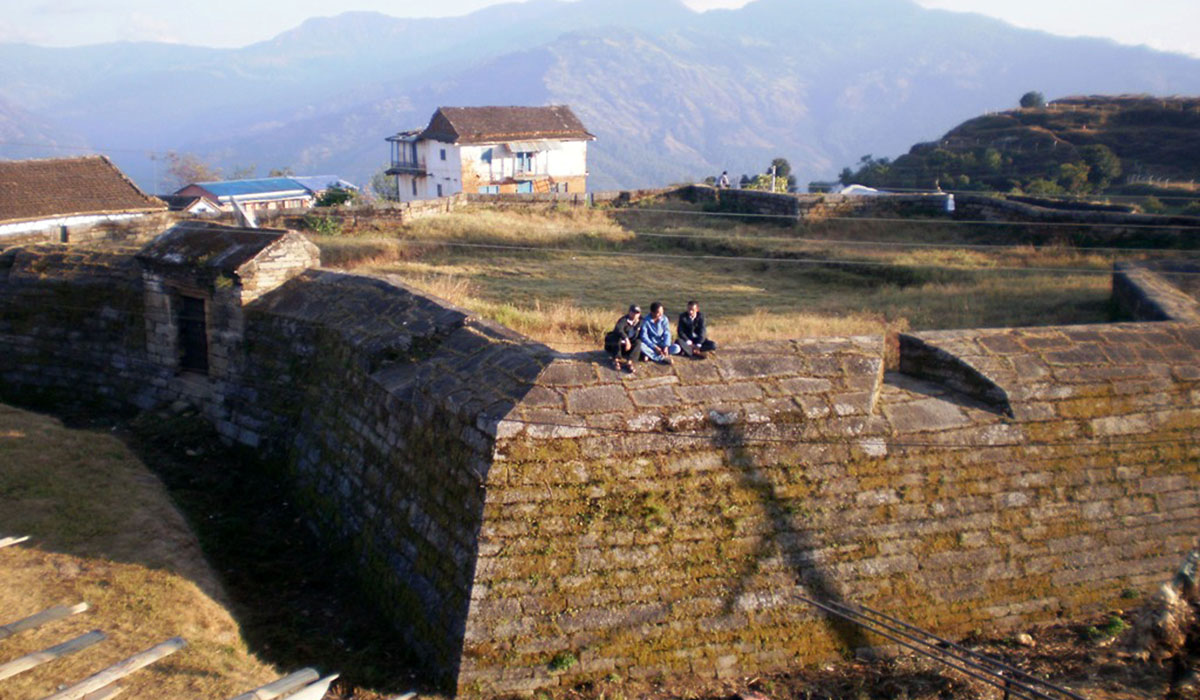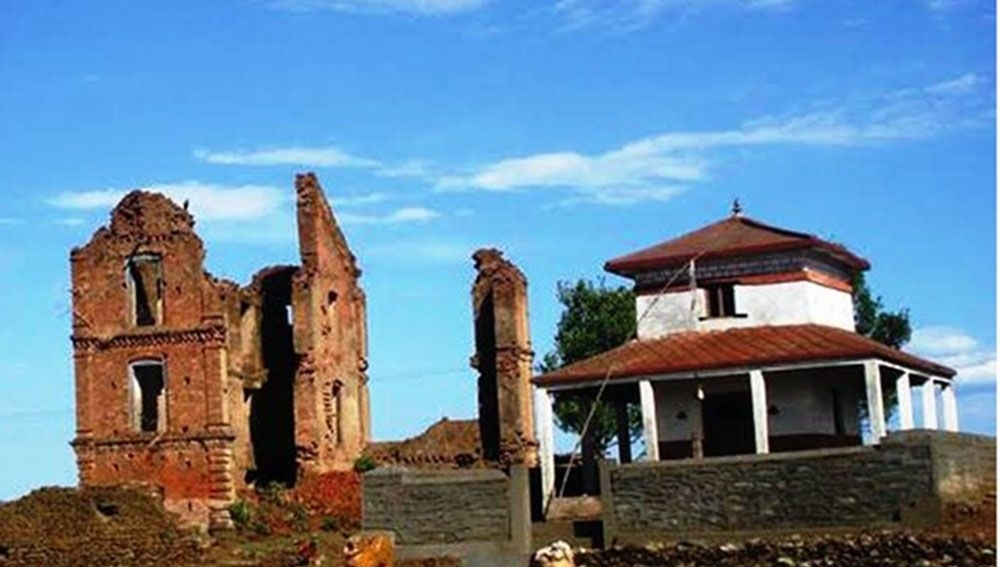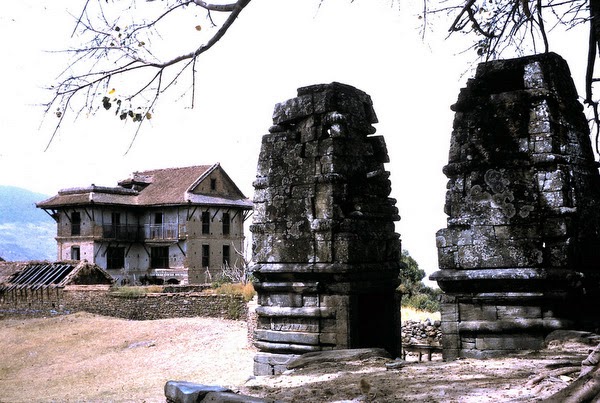Dullu Durbar : A Heart Of Mid Western Region Dailekh Nepal
Dullu Durbar : The historical, archeological and cultural monuments of Dullu, which have become dilapidated due to lack of protection, will be rebuilt. The second municipal council of Dullu municipality has decided to build a cultural museum in Dullu Durbar.

Dullu durbar
Dullu Durbar in Dailekh on the verge of reconstruction.
The municipality has stated that the area of historical importance, which was the Dullu Durbar state during the time of Sinja Empire and Yise State, will be developed as a tourist destination by protecting and promoting it.
Dullu Durbar has a 1,038-year-old Saupal Adhai Shakya-built first inscription, a historic Kotgadhi, an unbroken flame and archeological stone fountains. The municipality has started developing it as a tourist area by constructing a museum as it is getting dilapidated due to lack of protection. Mayor Ghanshyam Bhandari said that a plan has been made to protect Dullu’s heritage. Dullu has the first inscription in Nepali language, the work column of the Nagavanshi and Pal dynasty kings of the Sinja Empire.
Similarly, Baleshwor, the tomb of Jang Bahadur Rana’s father Bal Narasimha Kanwar, Pauwa, Dullu Durbar, Dharmagadhi, Panch Deval and other properties built by Kazi Jaspau Thapa are among the properties. Various monasteries, parties and pavilions have also shown religious significance here. Dullu area is also considered important for folk culture like Deuda, Dhamari, Rattewali, Neule Vaka, Karkae Ashika.

Dullu durbar
The Panchkoshi pilgrimage site, Shristhan, Nivisthan, Paduka and Dharaleshwar are being renovated. Dullu region is considered as the birthplace of Karnali Khas civilization. Dullu was made the winter capital during the Sinja Empire. Bhandari said that it was the responsibility of the municipality to preserve the art and culture of the historical Dullu area and that a museum was being constructed.
He said that the disappearing art and culture would be preserved after the construction of the museum. According to Bhandari, a suitable plan will be made for the support and protection of the Panchkoshi area within the Dullu municipality. The oldest inscription written in Nepali language is Shake 903, i.e. 1038 BS, which is said to be the linguistic inscription of the period of Damupal, the successor of Nagraj of Karnali province at that time.
Although the origin of Nepali language is believed to be from Sinja of Jumla, the recorded history is believed to be connected with Dailekh. Chief of the municipality Ghanshyam Bhandari said that the Powwa Durbar, which is now Dullu Durbar municipality, has been expanded as a cultural museum. There are more than one thousand tangible and intangible assets in Dailekh.
Experts behind Yogi Narharinath have not rewritten it. Central Secretary of the Nepal Tourism Journalists’ Association, Bishnu Sharma, says that many things are being lost and eroded due to the local level not paying attention to the campaign of Dailekh journalists to rewrite history. In Dullu Durbar, a motor road has been constructed between the two inscribed pillars. Seeing this scene, it seems that even these inscriptions will one day become the wall of one’s house or the wall of one’s yard! Witness of an era, heritage of historical significance, garbage is piled up near these inscriptions.
People who understand the importance of inscriptions are more likely to be sad when they see them. The existence of the words ‘a’ and ‘r’ is in crisis due to the indifference of the central government and the local level. Half of the stone is cracked. The stone is now surrounded by an iron fence. People came to know about it only after Narharinath informed about the history of linguistics in Dailekh during his visit to the district.

Dullu durbar
According to linguist Prof. Dr. Madhusudan Giri, there have been various debates about the origin of Nepali language which started from the stone pillar written by Sahupal Adai in 1038 BS. Along with the linguistics in Dullu, there is also the ‘Kriti Khamb’ of Shake 1279, i.e. 1414 BS.
Origin of 32 Thar
It is believed that 32 surnames originated from 32 places in Dailekh. Koirala, Rijal from Riju, Dahal from Daha, Lamsal from Lamsu, Nepal from Nepal, Kattel from Katti, Bastakoti from Bastekot, Khanal from Khan, Dullu Durbar from Dullu, Bhurtel from Bhurti are mentioned in various genealogies. When former Prime Minister Madhav Kumar Nepal arrived in Dailekh, he took ‘ancestral soil’ to Kathmandu from Tiadi in Nepa village (place of origin of Nepal), said Madhav Khanal, a local. The Dahals have even considered the place called Daha as Pukhryoli Thalo and have used it in Puranas. According to Shanti Prasad Sharma, a local, people of different castes from Kathmandu used to visit Katti saying that it was the birthplace of their ancestors.
Panchkoshi of Dailekh is an area of history. Moreover, Kotila, Shristhan, Navisthan, Paduka, Dhuleshwar, Bhairavi and other areas have been identified as Panchkoshi areas. Flames have been burning in various places in the Panchkoshi region for hundreds of years. As mentioned in the Vaishwanara Purana, when Mahadev consumed Kamadeva, the flame that came out of his eye was collected and thrown away.
On the same basis, a fair is held every year on Shivaratri in Panchkoshi area. According to a study by the Department of Mines and Geology, it is also an area rich in petroleum products. The flame is caused by the same substance. Forty properties in Dailekh are listed by the Department of Mines and Geology. The department has stated that conservation initiatives will be taken on the basis of their classification. Dullu Durbar

Dullu durbar
There is a stone inscription of Shake 1757 in Shristhan. The bells offered in the Shiristhan temple in Shake 1759 can still be seen. Old statues and bells have been stolen. The statue of Jain Tirthankar Mahavira of Shake 1136 in the Paduka temple has a special significance. Similarly, Sauna Karki and Sauka Kakryani archives established during the reign of King Ashok Challa of the Sinja Empire have increased the importance of the Panchkoshi region, says industrialist Narendra Thapa. Mahavu Dham, the highest point of Dailekh, has religious significance along with Panchadeval, Kotgadhi and other places in the district headquarters.
Comment Here!